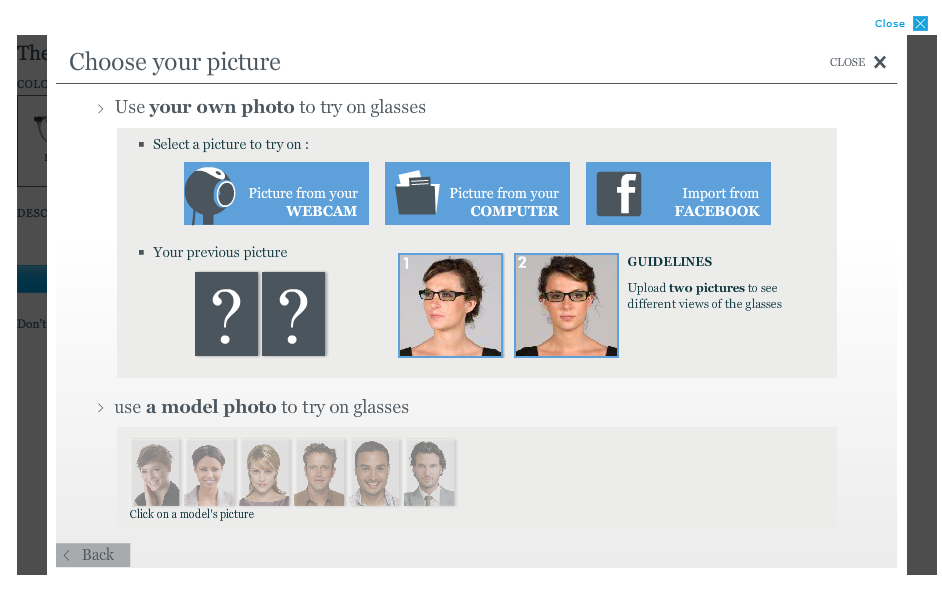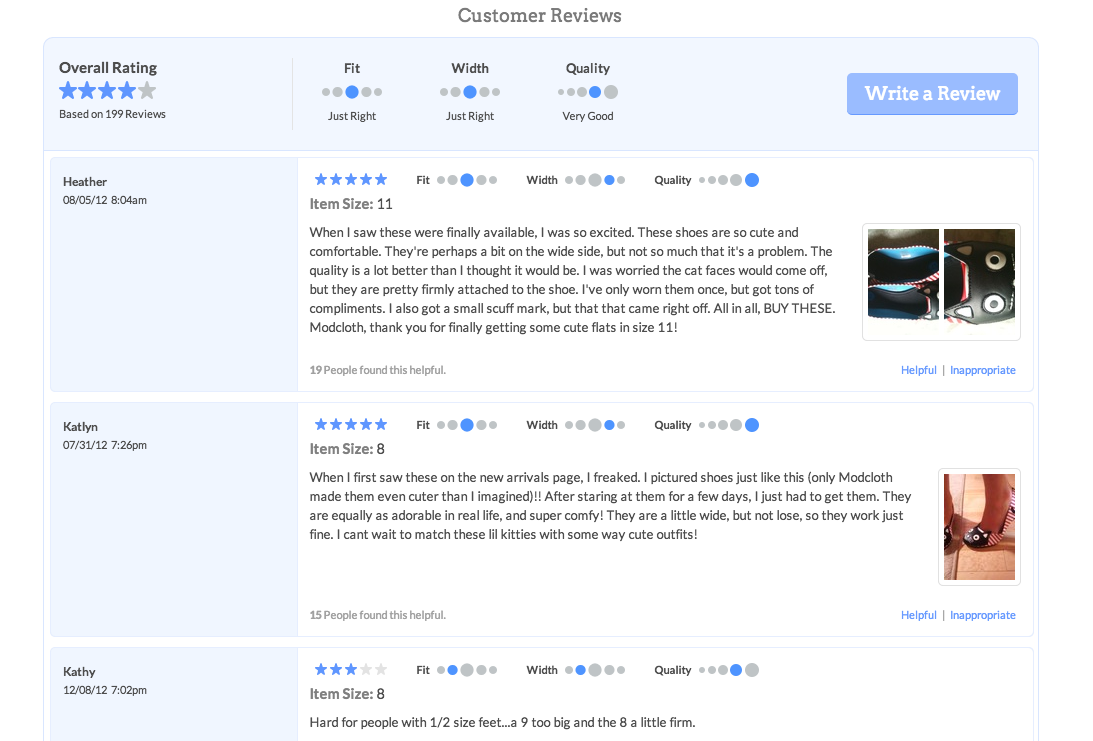“Selfies” — photographs that people take of themselves — can be rich sources of data for ecommerce businesses. They can also help enhance the online shopping experience.
In this article, I’ll discuss how ecommerce sites can use selfies to get to know their customers and provide better products and services.
Use Selfies to Gather Data about Shoppers
Many brands are now tapping into selfies to obtain data about consumers. According to The Wall Street Journal, visual analytics companies such as Ditto Labs are using software to scan photos and identify contexts, locations, or themes to help brands send targeted ads or conduct market research.
For instance, the location data of an image can help merchants better understand where and how their products are being used, while the facial expressions of the people in a photograph can offer insights on brand sentiment.
If you have customers that submit selfies, consider using visual analytics companies to help you get to know your shoppers better. Doing so will enable you to make data-backed decisions on how to market your products, which customers to target, and more.
You can also take a do-it-yourself approach by scouring social sites yourself. You can, for instance, encourage your customers to use a specific hashtag when taking photos of your merchandise, so you can easily find and track who is sharing photos of your products.
Provide Tailored Advice and Increase Customer Engagement
Plenty of retailers are now using selfies as a tool to provide tailored advice and product recommendations.
Consider what Zappos is doing. The e-tailer is running an Instagram initiative called NextOOTD (Next Outfit of the Day), wherein users are invited to submit selfies via Instagram with the hashtag #NextOOTD. A Zappos stylist looks through each participant’s Instagram history and offers personalized product recommendations based on her taste and style.
Some retailers are incorporating games and contests into the process. Take PerfectBeautyTweezers.com, for example. Next month, the beauty retailer will run a Twitter contest wherein users can tweet photos of their eyebrows to get personalized (eyebrow) advice from an expert. Perfect Beauty will then select one participant to win free gifts.
Consider implementing the same thing in your business. If you can offer tailored advice, ask shoppers to submit their selfies — or, alternatively, you can view shoppers’ social media profiles (with their permission) — and come up with customized recommendations. It could increase sales (if you recommend your products) and strengthen your relationship with customers.
Help Shoppers Select the Right Products
Selfies are also helping online shoppers select products or “try on” merchandise they can’t physically hold.
A good example of this is at Warby Parker, the eyeglass retailer. The merchant has a virtual mirror on its website that lets shoppers take a photo of themselves using their computer’s webcam. Warby Parker then superimposes images of eyewear onto the photo so the shopper can see how it would look.

Warby Parker’s “virtual try-on” lets shoppers take a photo of themselves using their computer’s webcam.
If it makes sense for your business, explore technologies that would enable shoppers to virtually wear or test your products.
Increase Conversions
Selfies can also make ecommerce product pages more compelling. According to Ben Heinkel, CEO of Photoslurp, a service that helps businesses crowdsource photos, user-generated content (usually selfies) on product pages can increase conversion rates by 2.5 times, on average.
“The feedback our clients received from shoppers was that they loved being able to see clothes and products being used by people just like them, as opposed to models with perfect figures in photos taken by professional photographers,” says Heinkel.
Example of e-tailers using this strategy include ModCloth (a retailer of vintage apparel), which lets shoppers attach photos when they leave product reviews, and Fashion Pills (a clothing and accessory site and a Photoslurp client), which on its home page has a carousel of Instagram photos featuring customers wearing its products.
In addition to increasing conversions, retailers can use selfies for additional insights. Photoslurp, for example, provides analytics features that calculate user engagement with photos, and the company is testing tools that would derive a monetary value for each image.
These tools, according to Heinkel, enable brands to “identify the photos that resonate the most with their clients and use these in other forms of marketing, as well as identifying their biggest and most effective brand evangelists.”





